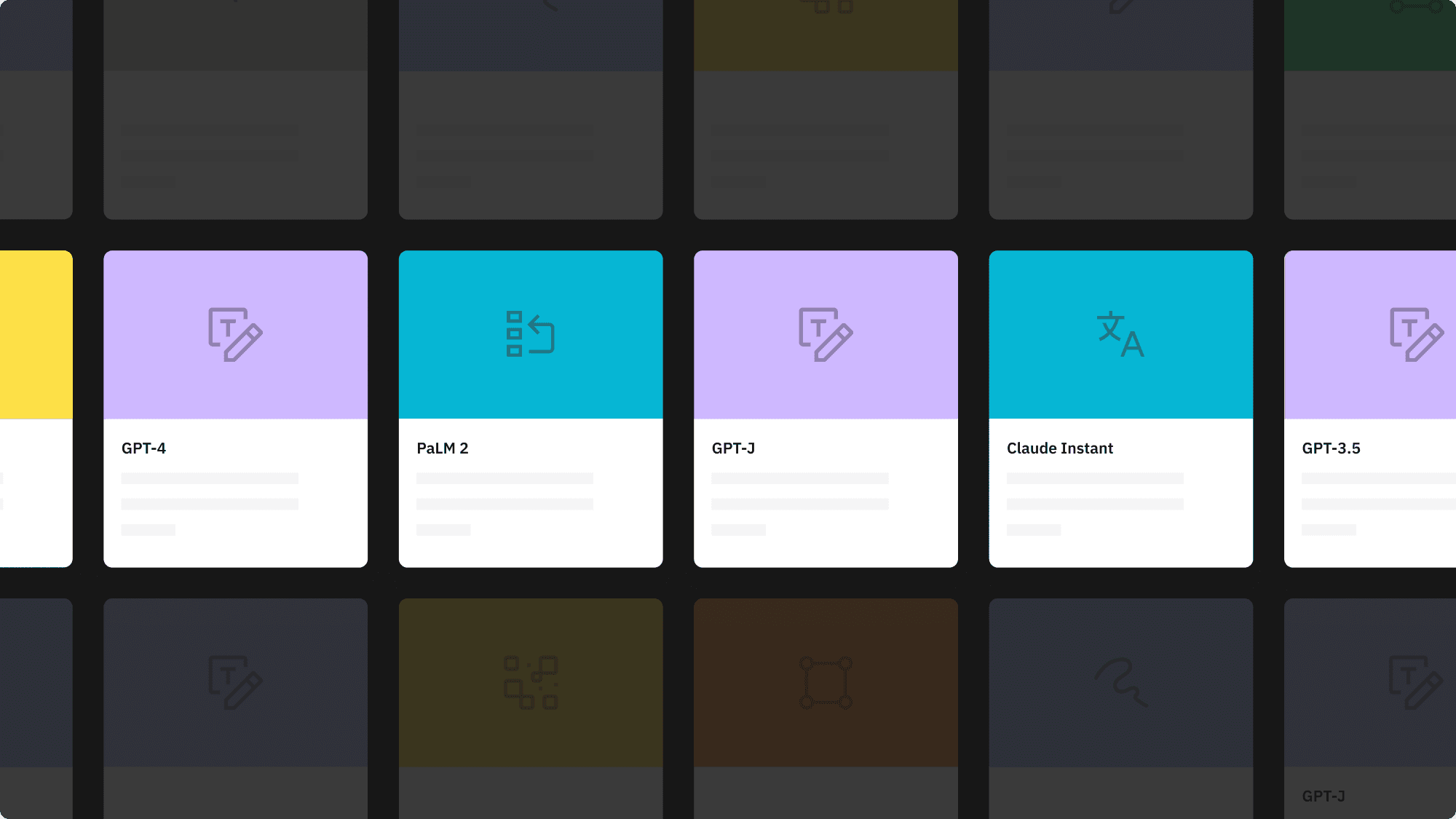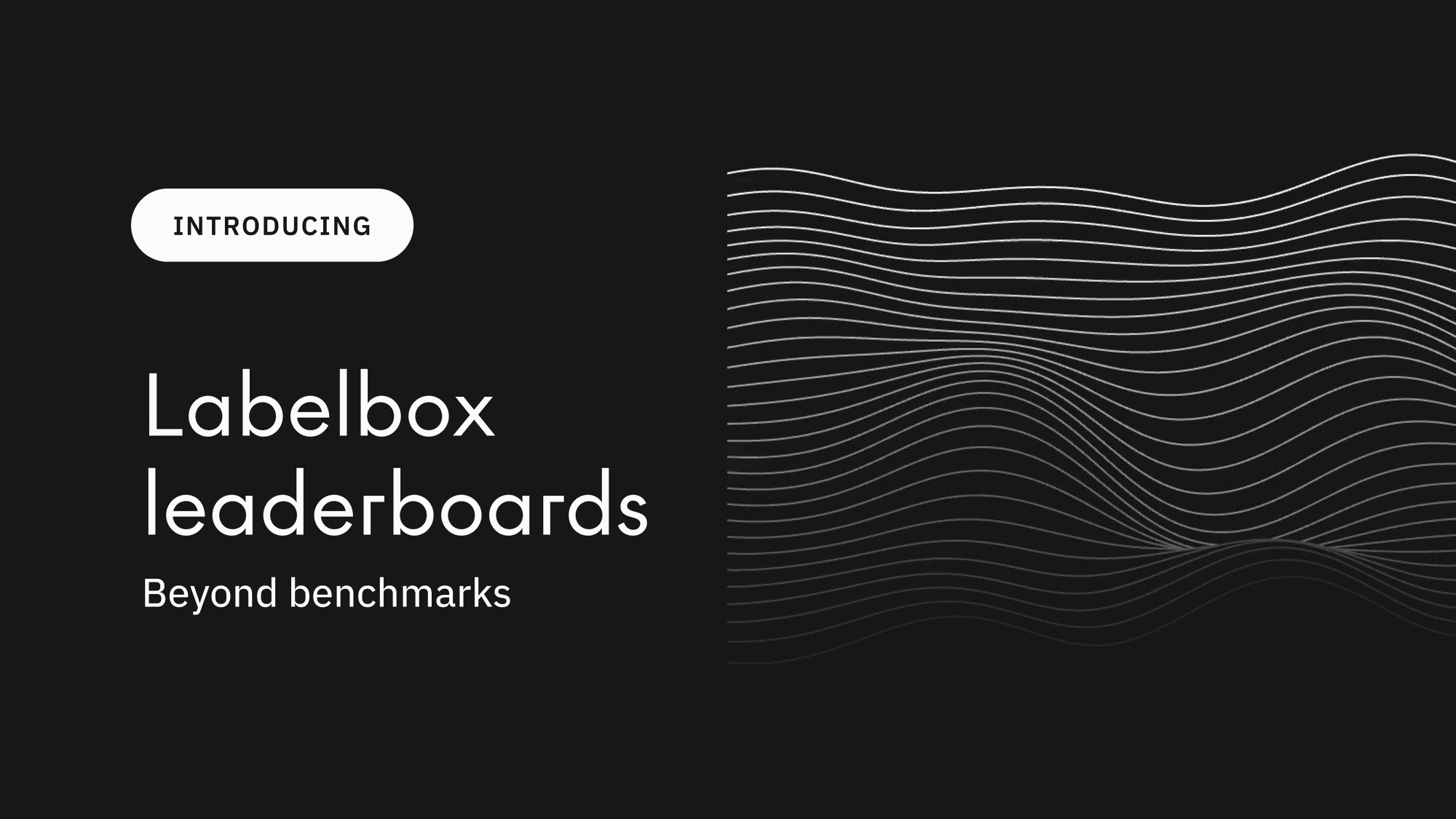Use case
Translation
Enable cross-lingual capabilities and improve multilingual understanding in generative AI models to help bridge language gaps.

Why Labelbox for AI translation
Increase data quality for translation tasks
Use advanced tooling, on-demand experts, AI, and real-time quality metrics to generate high-quality data for translation.
Evaluate and align translation models
Assess model performance on multilingual responses to capture feedback on language-specific strengths and weaknesses.
Access on-demand expertise
Easily harness highly-skilled labeling services, linguistic support, and industry-specific insights available on-demand.
Collaborate in real-time
Enjoy direct access to internal and external labelers with real-time feedback on translation tasks via the Labelbox platform.

Understanding translation tasks
Translation tasks enable adaptability in different linguistic contexts. When used as a fine-tuning or benchmarking tool to evaluate the performance of a generative AI model, translation tasks help assess whether meaning and quality is accurately maintained between languages.

Challenges in translation tasks
Languages have their own distinct dialects, nuances, and slang—all which contribute to the complex nature of translation. These factors, when combined with the natural evolution of language, require models to be continuously updated with new jargon.
Translation tasks with Labelbox
Labelbox’s advanced tools, coupled with our global network of native annotators, enable you to complete translation tasks at scale that help you fine-tune and benchmark your generative multilingual models.
Customer spotlight
Labelbox's intuitive tooling coupled with post-training labeling services offered a collaborative environment where Speak's internal team, along with external data annotators, could work together seamlessly. Learn more about how Speak uses Labelbox to improving the quality and efficiency of their data labeling.
Learn more >

